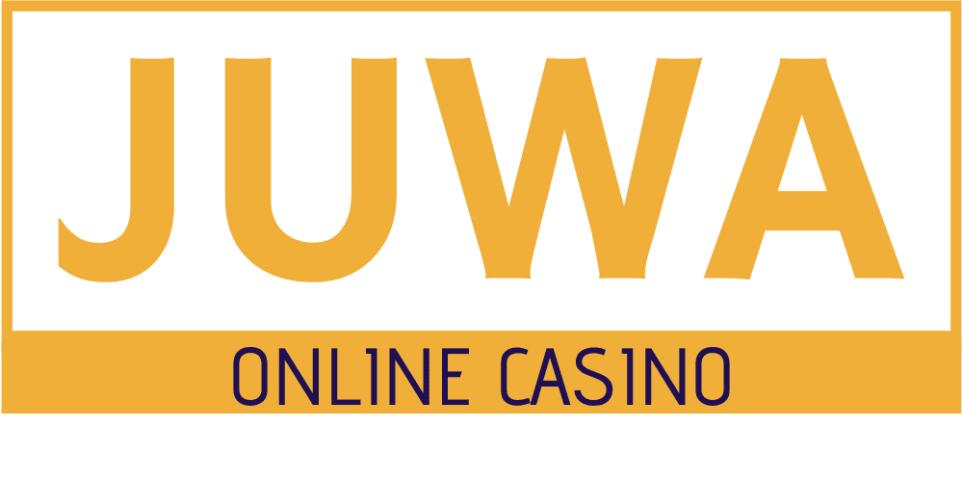In the fast-paced world of startups, the speed and efficiency of information exchange can be the difference between scaling up and falling behind. Cloud-based sharing methodologies not only streamline internal collaboration but also ensure security, traceability, and scalability. So, what are the best practices and tools to make it happen? Let’s break it down.
☁️ Why the Cloud?
The cloud allows access to information anytime, anywhere, and from any device — essential for distributed or growing teams. It also reduces infrastructure costs and improves security through automatic updates and regular backups.
🔄 Key Methodologies for Sharing Information in the Cloud
1. Centralization with Access Control
Use tools that centralize documentation (like Google Drive, Notion, or Dropbox Business) but define access based on roles. Not everyone needs access to everything.
👉 Pro Tip: Set up standardized folder structures from day one. It reduces friction and makes it easier to find key information.
2. Living Documentation
Adopt a continuous documentation approach. Tools like Notion or Confluence allow you to keep "living" documents that evolve with the project.
🛠 Use templates for meetings, decisions, and workflows so the team can document without extra effort.
3. Integrations & Automation
Connect your tool stack (Slack, Trello, Google Workspace, Airtable, etc.) to automatically share information across platforms.
⚙️ Platforms like Zapier or Make can automate tasks such as notifications, document updates, or backups in seconds.
4. Asynchronous Communication
Avoid meeting overload by organizing and making information easily accessible in the cloud. This is key for remote teams or those in different time zones.
💬 Use Loom to record quick explanations that can be watched anytime, reducing noise in chat channels.
5. Culture of Transparency
Promote an environment where information sharing is part of the company’s DNA. It’s not just about the tools — it’s about using them the right way.
📊 Make roadmaps, key metrics, and decisions visible to the whole team. This increases engagement and reduces misalignment.
🛡️ Security and Privacy: Don’t Overlook It
When working in the cloud, security must be a priority from day one. Make sure to:
Use two-factor authentication
Encrypt sensitive data
Set up regular backups
Review user permissions often
🚀 Final Thoughts
Sharing information effectively in the cloud isn’t just about choosing a trendy tool — it’s about building a workflow that aligns with your startup’s values, pace, and needs. Keep processes simple, automate the repetitive stuff, and nurture a culture of clarity and accessibility.
Does your team already have a strategy for this? If not, now’s the perfect time to start.













